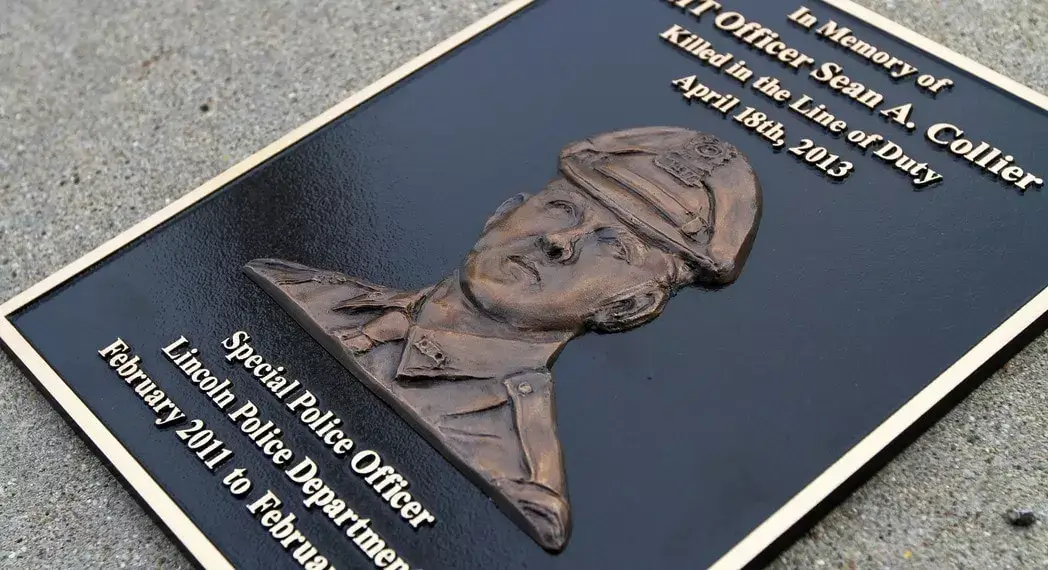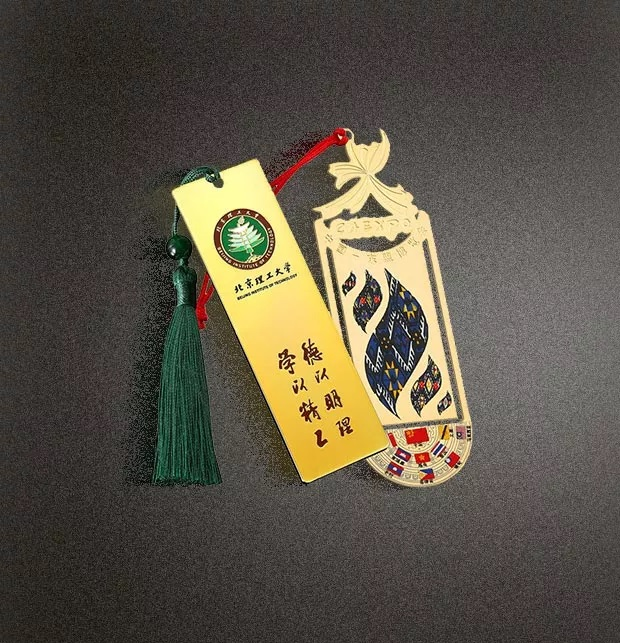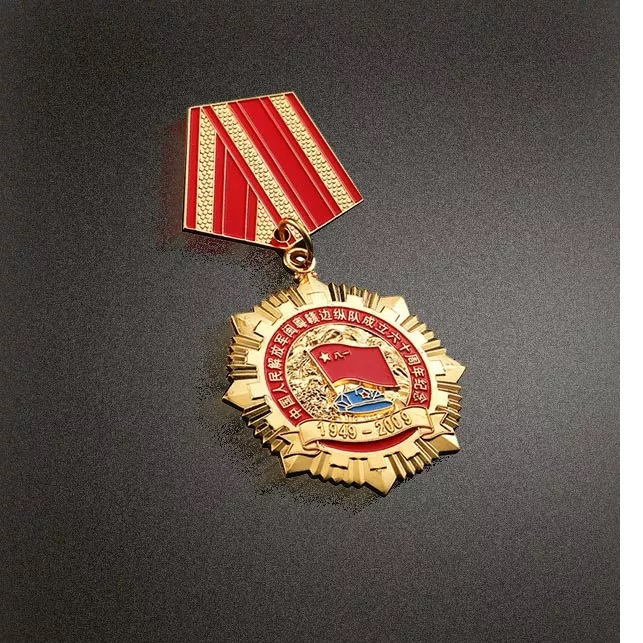Commemorative plaque: remember, inherit
 Mar 25,2025
Mar 25,2025

 Pu You
Pu You
Commemorative plaque is a simple but profound object, a small object, carrying deep feelings. This is not only a commemoration of a certain event or person, but also a symbol of culture and spirit.
1. Function of commemorative plaque
The most direct function of commemorative plaque is to tell you historical information. Use simple words, symbols or images to record the historical background and significance of a certain time and person. In this way, commemorative plaques become a bridge connecting the past and the present. It not only helps us remember the history that cannot be forgotten, but also reflects the impact of this event on society.

The meaning of commemorative plaques is certainly more than that. It is a symbol of culture, expressing the common respect and commemoration of a group, a country or even the whole world for historical nodes. For example, many commemorative plaques of historical figures not only record their great achievements, but also convey a spirit, inspiring people to inherit the beliefs and values therein.
2. Design of commemorative plaques
Commemorative plaques come in a variety of forms, from simple bronze plaques to exquisite marble slabs, and the materials and designs vary with the content and location of the commemoration. Some memorial plaques are simple and clear, while some use exquisite carving techniques to show the value of history, which is very ornamental.
When designing memorial plaques, the special and cultural background of the memorial objects are usually taken into consideration. The choice of color, font, and material usually contains different meanings. For example, a bronze memorial plaque may give people a sense of antiquity and solemnity, while a stone memorial plaque often reminds people of the symbol of permanence and immortality.

3. Historical memory of memorial plaques
The sedimentation of history often finds a way to revive in a piece of memorial plaque. For those countries that have had wars, memorial plaques have become a carrier of remembrance and warning. For example, memorial plaques in war monuments and martyrs' cemeteries are not only a remembrance of the victims, but also an expectation of peace.
Memorial plaques not only commemorate grief and sacrifice, but also celebrate achievements and victories. Many places will also set up memorial plaques to commemorate those great figures who have promoted social progress and development. Through these small plaques that remember the long river of history, we can better understand those people and events that have contributed to the times.

4. Commemorative plaques in contemporary society
In today's society, commemorative plaques still play an important role. Whether it is to commemorate important events or to commend advanced figures, commemorative plaques can still be seen everywhere in our cities. Especially with the development of tourism, many historical sites, former residences of cultural celebrities and other places will also set up commemorative plaques to attract more people to see. This is not only a review of history, but also the protection and inheritance of cultural heritage.
In addition, commemorative plaques have new functions in modern society. Some commemorative plaques no longer focus only on historical events, but also begin to focus on social changes and contemporary figures. For example, commemorative plaques in some cities have begun to commemorate modern figures who have contributed to social progress, or some historical moments of special significance. This shift reflects the diversification of the functions of commemorative plaques. It is no longer just a witness to history, but has also become an important part of current culture.


5. Thinking about commemorative plaques
Although the function of commemorative plaques as cultural carriers is widely recognized, they also face some challenges. With the development of the times and the changes in society, some old commemorative plaques may have been separated from their original historical background, or it is difficult to resonate with people. For example, some commemorative plaques of historical sites may be ignored or even lost in the process of modernization. Therefore, how to maintain a balance between the historical value and practical significance of memorial plaques is a question we need to think about.
As a carrier of history and culture, memorial plaques have an irreplaceable and important position in human society. They record bits of history in different forms and inherit the spirit of different times. In the future, memorial plaques may undergo more forms of changes, but their fundamental role - remembering history and inspiring future generations - will remain unchanged. Through memorial plaques, we can not only look back on the past, but also look forward to the future, so that the glory of history will always illuminate our way forward.


















 CN
CN
 HOME
HOME Guarding everyone's glory: the art of medal maintenance
Guarding everyone's glory: the art of medal maintenance  You May Also Like
You May Also Like

 Tel
Tel
 Email
Email
 Address
Address








